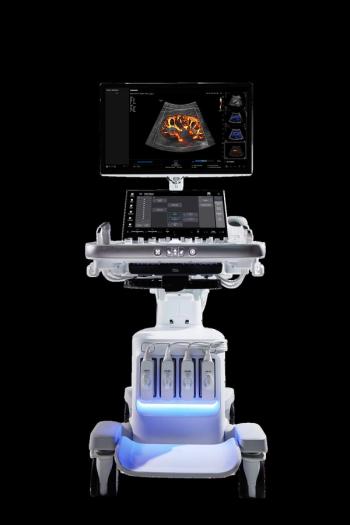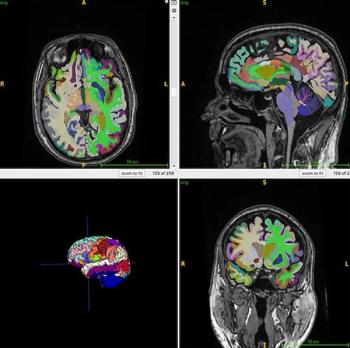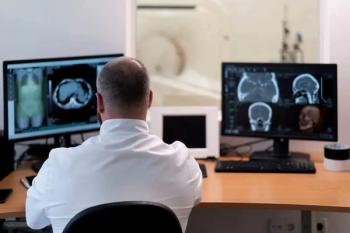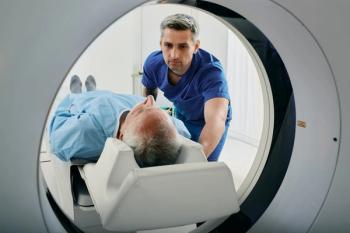
Imaging Shows Brains of Female Soccer Players Affected More By Heading the Ball
DTI imaging shows women are more sensitive to these types of head impacts at the level of brain tissue microstructure.
Diffusion tensor images (DTI) demonstrate female soccer players exhibit more extensive changes to brain tissue after repetitive heading of the soccer ball, according to a study published in the journal Radiology.
Researchers from New York, Maryland, and California performed a prospective cross-sectional study to examine the role of sex in abnormal white matter microscructure among 98 amateur soccer players, mean age 25.7 years; 49 subjects were men, 49 women. The men had a median total soccer headings per year of 487 and the women 469. All underwent 3.0-T DTI.
“In general, men do a lot more heading than women, but we wanted to specifically examine if men and women fare similarly or differently with a similar amount of exposure to repeated impacts to the head,” lead author, Michael L. Lipton, MD, Ph.D., professor of radiology at the Gruss Magnetic Resonance Research Center at the Albert Einstein College of Medicine and medical director of MRI at Montefiore Medical Center in New York City, said in a release.
The results showed that among men, three regions with greater heading exposure were significantly associated with lower FA. In women, however, eight such regions were identified. In seven of the eight regions identified in women, the association between heading and FA was stronger in women than in men. There was no significant difference of heading with FA
between the sexes for any region in which heading was associated with FA among men.
“A decline in FA is an indicator of changes in the white matter microstructure that may be indicative of inflammation or loss of neurons, for example,” Lipton pointed out in the release. “The important message from these findings is that there are individuals who are going to be more sensitive to heading than others. Our study provides preliminary support that women are more sensitive to these types of head impacts at the level of brain tissue microstructure.”
Newsletter
Stay at the forefront of radiology with the Diagnostic Imaging newsletter, delivering the latest news, clinical insights, and imaging advancements for today’s radiologists.



























